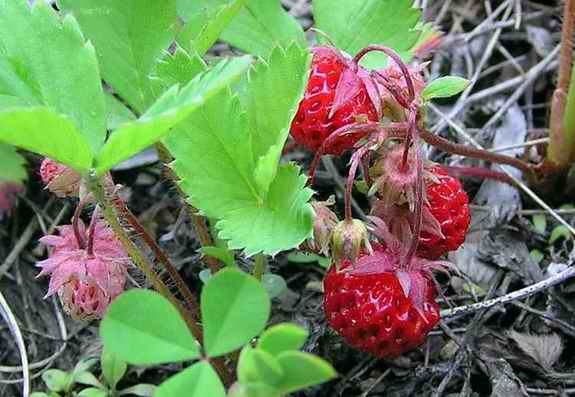Here's a question EVOLUTIONISTS can't answer with "Big Bang/Evolution" answers!
In the summer, humans need certain nutrients, with WATER being the chief among them! Look at the fruits that show up in the summer! Watermelon, all melons, strawberries, etc. Highest in water content.
In the winter, foods that will store well over several months are needed. Like Apples, pears, and pumpkins...
Smiling! And feeling like Elijah with a moat full of water around my altar!
Jim E.: DeeAnn, there's no question here. Are you asking how humans came to culture and nurture these specific fruits in what is now North America?
DeeAnn T.: @Jim ~ there is no Comment here.... Humans can "culture" all they like, and the fruits still show up at the right time.
John James D.: From my understanding, the great flood caused the earth's axis to tilt. The flood was the result of man's sin, as is any form of suffering. We are ALL human and ALL born into sin. Fortunately, God gave us a way out, though.
Jim E.: DeeAnn, in northern latitudes the growing seasons are affected by freezing temperatures and available light. In tropical areas of course, growing seasons are limited by water, but otherwise many fruits and nuts are available throughout the year.
First, human nutrition needs don't change much, if at all, throughout the year. This is demonstrated by vitamin D deficiency among humans in northern latitudes each Fall and Winter, and the relationship of human skin color and diet to vitamin D synthesis. Light-skinned people need about 20 minutes of UV light to reach vit. D. equilibrium, whereas those with darker skin need three times as much, and more if they are vegetarian. Of course those with lighter skin are poorly suited for tropical climates with abundant sunshine.
 |
| One of two native strawberries, Fragaria virginiana, that led to our hybridized garden strawberries. |
| The many hard seeds of native bananas. |
Before the agricultural and industrial revolution, malnutrition occurred even among the wealthy. The human technology of canning to preserve seasonal foods was invented by Nicholas Appert in 1809 under an incentive by the French government, which needed a strategy to fight malnutrition for its navy ships. That is the primary means by which we can enjoy a balanced human diet throughout the winter in higher latitudes.
We have a funny situation right now in the U.S., where many school systems adopted a policy of serving only fruits and vegetables grown here, not realizing that would mean bananas could not be served any time of the year! It was very embarrassing to those who promoted the program. Fortunately, school kids can also get potassium from canned tomato paste, canned orange juice, canned white beans, and potatoes.
I hope this helps.
No comments:
Post a Comment